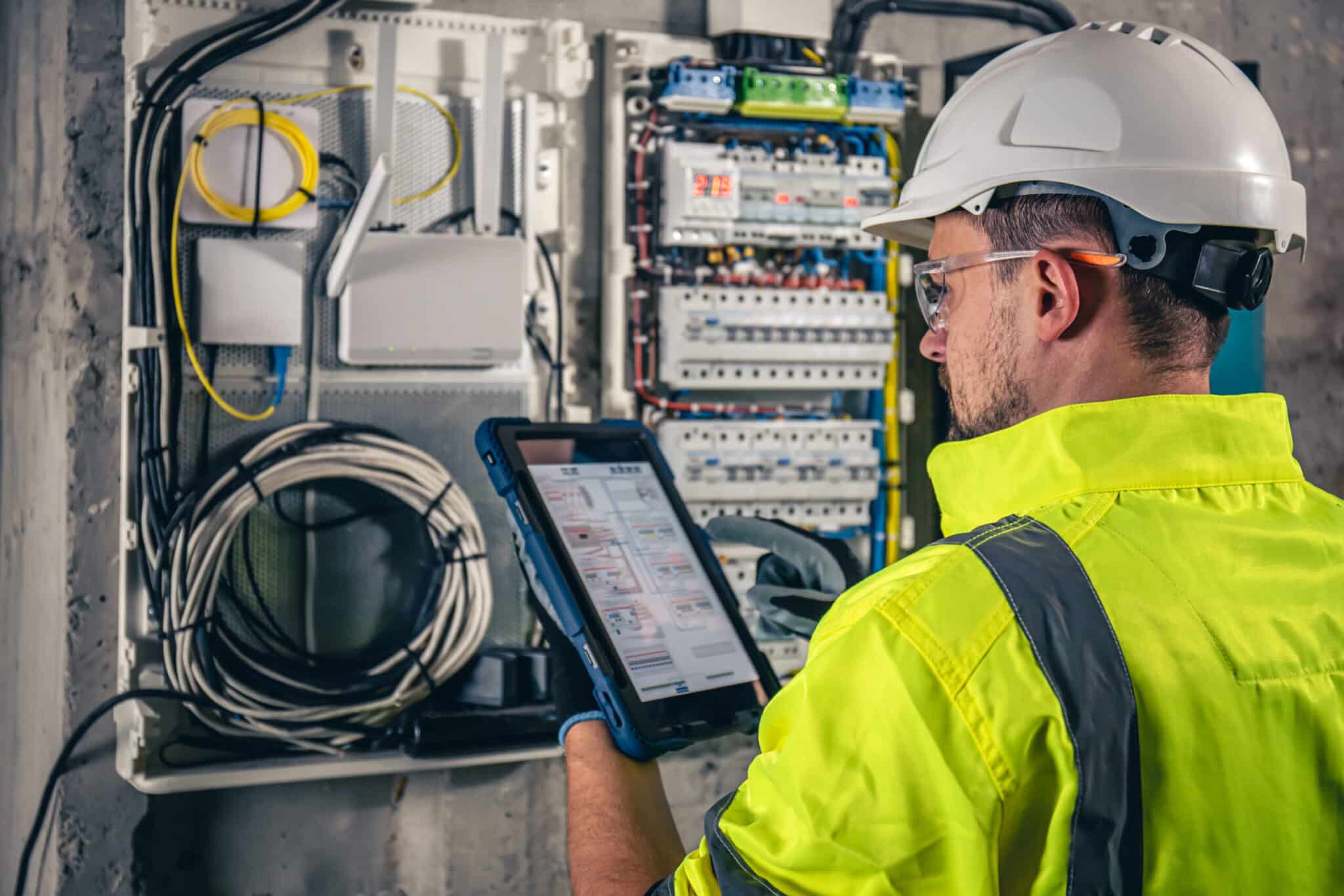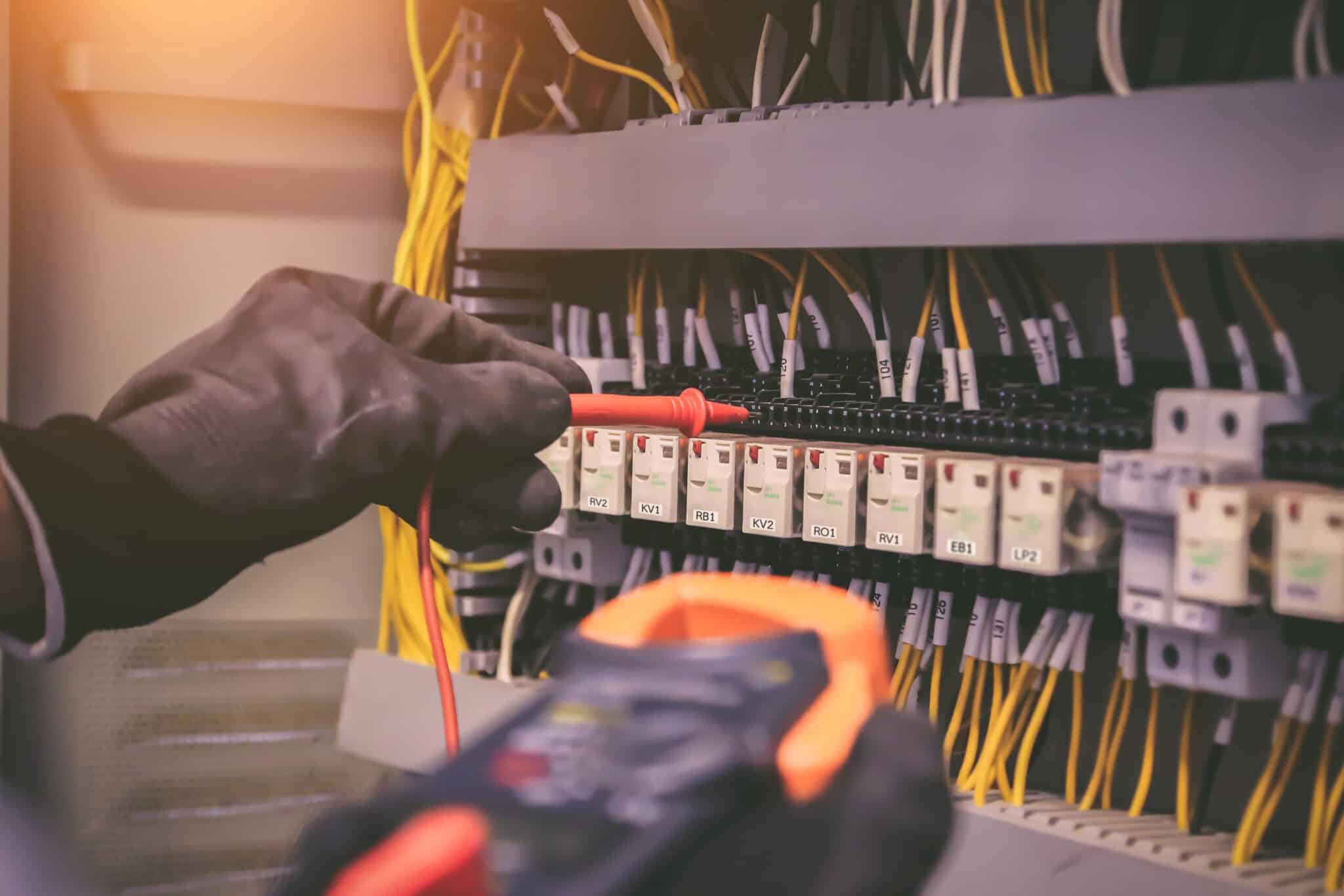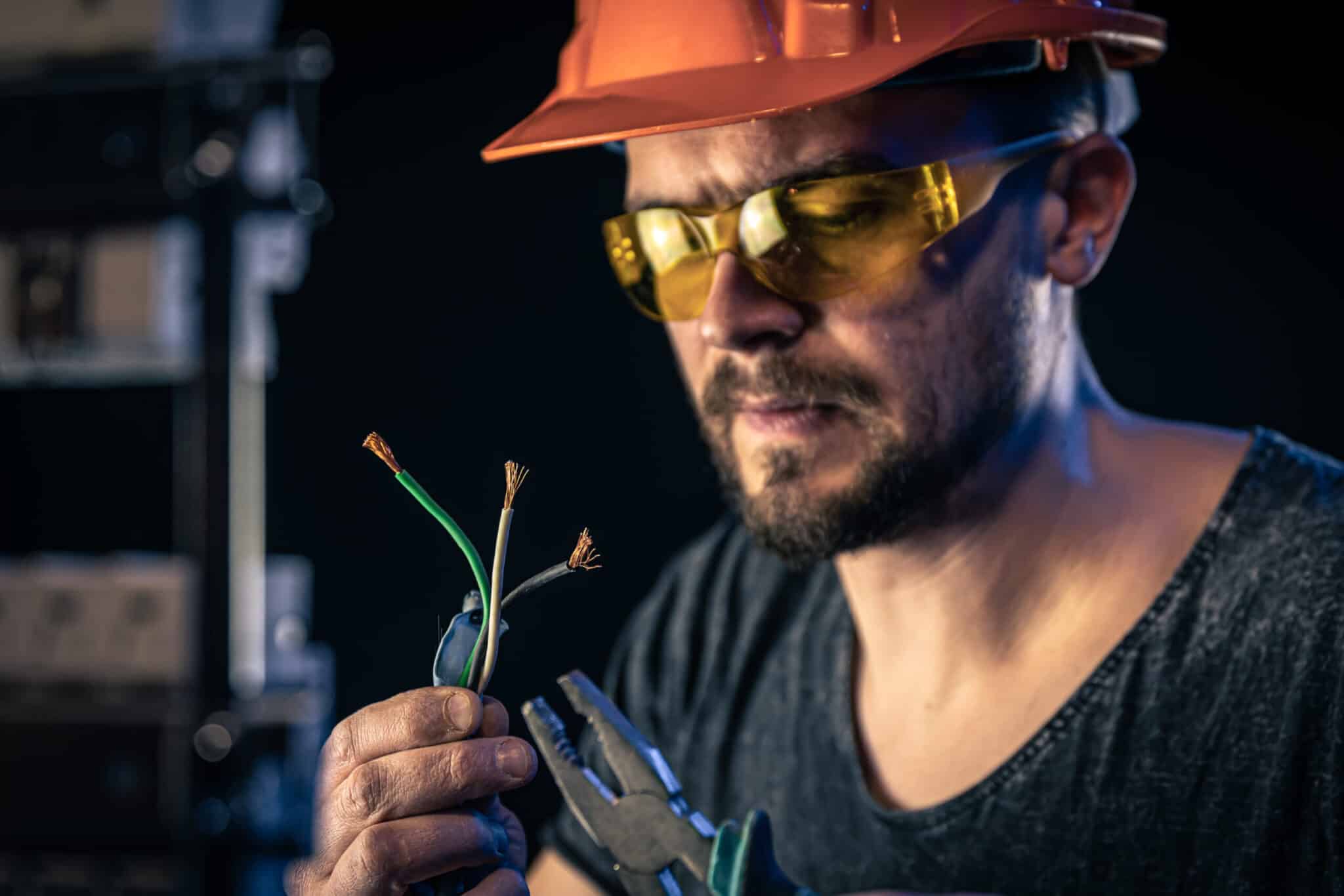In a business setting, electromechanics can greatly improve efficiency and productivity by automating tasks and processes. Resulting in reducing the need for manual labor. It can also reduce energy consumption and costs by designing systems that are more energy efficient. It’s therefore



To meet the needs of its vast clientele in the industrial environment, the Hyperforme Group offers a wide array of solutions in electromechanical subcontracting. We oversee the subcontracting of your electromechanicals projects to professional teams for a turnkey experience. This way, whatever your project or objective, we are able to meet it.
Custom electrical cables and harnesses are specialized wiring systems that are designed and built to meet the specific needs of a particular application. They are often used in systems that require precise measurements and operate within a specific regime, such as those that operate at a particular frequency or within a certain temperature range. In these systems, the custom electrical cables and harnesses play a crucial role in transmitting electrical signals and power, and they may be designed to withstand high levels of mechanical forces or motion.
Electrical harnesses are groupings of wires or cables that transmit electrical power or signals from one location to another. They are commonly used in transportation systems, such as automobiles and aircraft, and are designed to withstand the rigors of motion and vibration. In these systems, the electrical harnesses are critical components that must maintain a reliable coupling of electrical signals and power to ensure proper operation.
Electrical boxes are containers that house electrical components, such as switches, outlets, and wiring. They are used in a wide range of settings, including residential, commercial, and industrial environments, and can be made of various materials, such as metal, plastic, or fiberglass. Electrical boxes play a crucial role in protecting and organizing electrical wiring, and in providing a safe connection point for electrical devices. In systems that require precise measurements or operate within a specific regime, such as those that operate at a particular frequency or within a certain temperature range, the quality and reliability of the electrical boxes is of critical importance.
Microwelding is a process that uses high-energy lasers or other specialized equipment to create extremely small welds, typically on the order of micrometers in size. It is often used in the manufacturing of microelectromechanical systems (MEMS) and other small devices, as well as in the repair of precision instruments and other delicate components. In these applications, the microwelds must be of the highest quality and reliability to ensure the proper functioning of the device or system.
Custom electrical assemblies are specialized systems that are designed and built to meet the specific needs of a particular application. They may include a variety of electrical components, such as wires, cables, connectors, switches, and outlets, and can be used in a wide range of settings, including automotive, aerospace, and industrial environments. Custom electrical assemblies can be designed to meet specific performance and safety requirements, and are often used in systems that operate within a specific regime, such as those that operate at a particular frequency or within a certain temperature range. In these systems, the custom electrical assemblies play a critical role in transmitting electrical signals and power, and may be designed to withstand high levels of mechanical forces or motion.

We apply these values when it comes time to choose our partners and begin each of our projects to ensure that every client also benefits.
Electromechanics is the combination of electrical and mechanical engineering that deals with the design and creation of devices that convert electrical energy into mechanical motion and vice versa. These devices, known as electromechanical systems, are used in a wide variety of industries and applications, including manufacturing, transportation, and renewable energy.
In electromechanical systems, electrical energy is used to power motors, which then produce mechanical motion. This motion can be used to drive various types of machinery and equipment, such as pumps, conveyor belts, and fans. Electromechanical systems can also include devices that convert mechanical motion into electrical energy, such as generators.
The performance of electromechanical systems is often characterized by a number of parameters, including measurements, frequency, and temperature. These systems may operate within a specific regime, such as a particular frequency range or temperature range, and may be subject to various types of mechanical forces and motion. In order to ensure the proper functioning of these systems, it is important to carefully design and test the various components, including the motors, generators, and other electromechanical devices.
Yes, in addition to their practical applications, electromechanical systems also play a significant role in the field of engineering research. For example, nanomechanical resonators and optomechanical systems are being studied for their potential use in high-precision measurements, and electromechanical coupling strength and equations of motion are important areas of investigation in the field of electromechanical energy conversion. Engineering leaders and mechanical engineering professionals are at the forefront of these research efforts, and their work is often published in leading scientific journals and cited by other researchers.
Electromechanics is the combination of electrical and mechanical engineering that deals with the design and creation of devices that convert electrical energy into mechanical motion and vice versa. These devices, known as electromechanical systems, are used in a wide variety of industries and applications, including manufacturing, transportation, and renewable energy. In electromechanical systems, electrical energy is used to power motors, which then produce mechanical motion. This motion can be used to drive various types of machinery and equipment, such as pumps, conveyor belts, and fans. Electromechanical systems can also include devices that convert mechanical motion into electrical energy, such as generators.
Some common types of electromechanical systems include motors, generators, solenoids, and actuators. Motors convert electrical energy into mechanical motion, while generators convert mechanical motion into electrical energy. Solenoids and actuators are devices that convert electrical energy into motion by using a magnetic field to move a metal rod or other component.
Electromechanical interactions refer to the ways in which electric and mechanic aspects of a system influence each other. In electromechanical systems, these interactions can affect the performance of the system in various ways, such as by influencing the mechanical modes of vibration or the efficiency of energy conversion. Understanding and optimizing electromechanical interactions is an important aspect of designing and improving these systems.
Electromechanical systems are used in a wide range of electric machines and other applications, including motors, generators, and other types of electric machines. They are also used in systems that require precise control of mechanical motion, such as those used in manufacturing and automation. In these and other applications, electromechanical systems play a crucial role in converting electrical energy into mechanical motion, or vice versa.
The field of electromechanics is constantly evolving and there are many exciting research and development opportunities for professionals in this field. For example, there is ongoing work on developing new materials and designs for electromechanical systems, as well as research on advanced concepts such as electromechanical coupling strength and energy storage. There is also a growing focus on the use of electromechanical systems in emerging technologies, such as quantum electromechanics and optomechanical systems. Overall, the prospects for professionals in the field of electromechanics are very good, and there is a strong demand for skilled engineers and technicians with a good foundation who can help develop and apply these technologies.